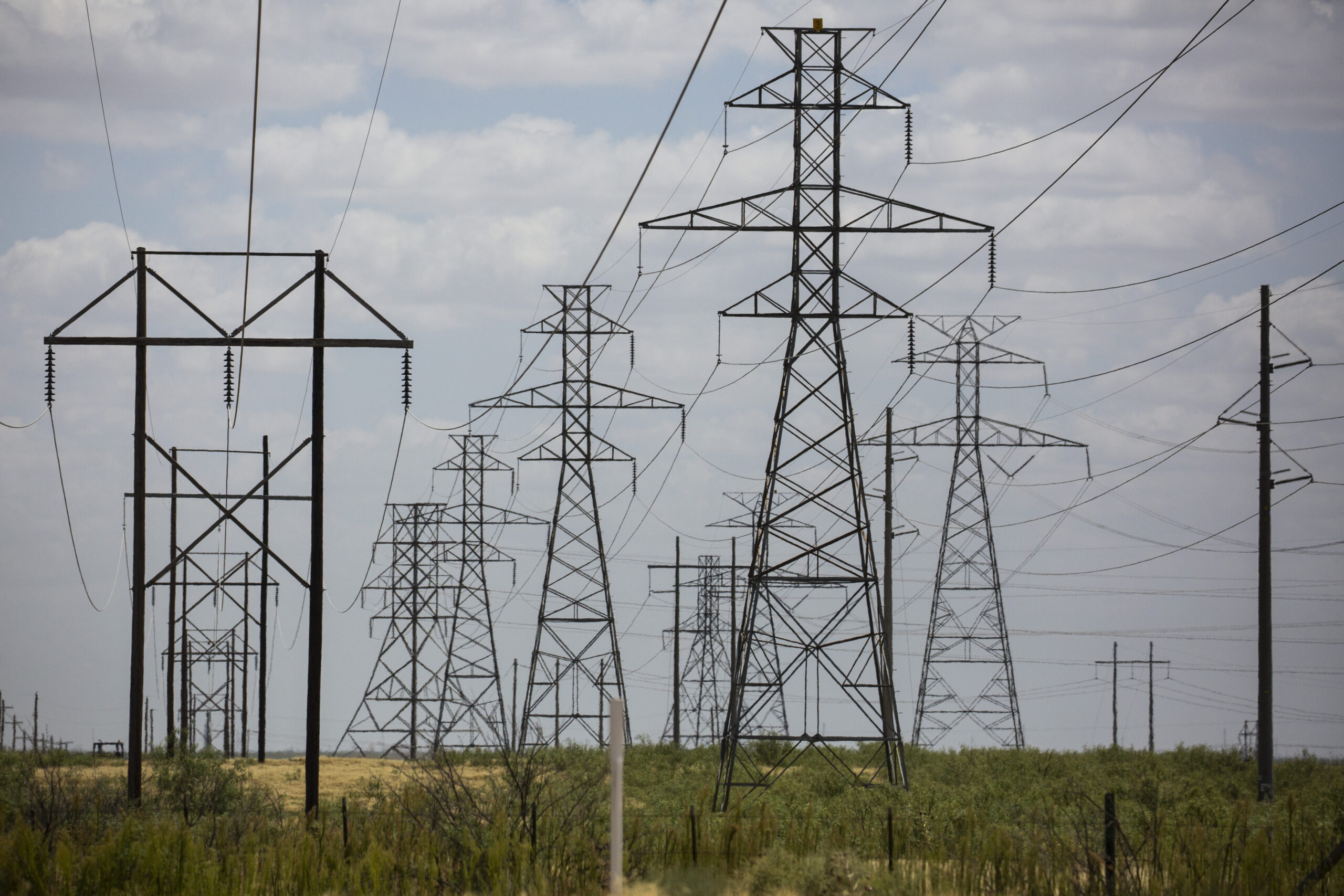It wasn’t that long ago that Texans were getting warnings to conserve electricity as unusually hot temperatures drove up energy demand. It may be cooler now, but the state’s electricity consumption is on a long-term upward trajectory, the Wall Street Journal reports.
The saying “as goes Texas, so goes the nation” may be applicable here – the state’s growth in demand is being reflected nationwide.
Jennifer Hiller, Houston-based energy reporter for the Wall Street Journal, joined the Standard to talk about what’s behind the trend. Listen to the interview above or read the transcript below.
This transcript has been edited lightly for clarity:
Texas Standard: You report that Texas has seen record growth in electricity demand. Can you put that into some kind of historical perspective for us?
Jennifer Hiller: We’re seeing electricity demand increase in Texas, you know, far more than the national average. And, you know, some of the experts are saying this is the kind of, you know, economic growth that we haven’t seen in the state for the electricity system since like the fifties, sixties or seventies. So we could be sort of in a historic period for new users going to the grid for power.
And is this just because a lot of people are moving here or are there other explanations?
Definitely part of it is that people keep moving to Texas. As we all know, we have added something like 9 million people in the last decade, which is amazing. And of course, we all use a lot of air conditioning, especially in the summer. And so that’s part of it.
But that really doesn’t explain the huge upswing in use. A lot of that is business growth and we’re having sort of all types of industry growth across the state. But we do have a lot of things like data centers moving in that are very big power users. We have industrial electrification, we have things like new LNG facilities that instead of burning gas and spinning a turbine to create power on site, are connecting to the grid instead.
And so we just have a lot of new users going to the grid. We have Bitcoin miners and things like that.
And is this something that you think regulators are concerned about? You know, they’re looking at supply and demand and they’re seeing those curves move as they move in. Is this an urgent issue for folks or not so much?
You know, I think it’s an issue in Texas, but it’s also an issue for grid operators and for utilities across the country. I mean, we are certainly not alone in this.
And if you look at the forecasts for demand and some of the demand upswings that we’re seeing in a lot of states across the country, these are conversations that people are having to have everywhere about just how do you handle the growth? I mean, the job of the electricity system is basically to connect everybody who comes. That’s kind of the way that it’s set up. They don’t make, you know, a lot of value judgments or things like that. It’s more a kind of system where it’s set up to be if you need power, they figure out a way to make it happen.
But there is a lot of discussion, of course, happening in Texas and in other places about where is that power going to come from? I mean, we just had the constitutional amendment vote in Texas about trying to encourage or incentivize the buildout of more natural gas power plants as sort of a counterbalance to all the wind and solar development that we’ve seen in recent years.
» RELATED: ‘The grid is not fixed’: Report outlines the likelihood of power outages this winter
What sort of trends in consumer electricity are perhaps being catalyzed by this increase in demand? Are we seeing people who use electricity behave a little bit differently in order to make sure that their lights stay on?
I think there’s a lot of things going on on the consumer side.
I mean, for one thing, we have things like energy efficiency and things like that that really improve over time. And so you gain some efficiencies there. But we are also doing things like using a lot more data that requires more computing power to back that up. So things like working from home and Zooming for meetings or all of the data streaming that we’re doing for like movies and videos and things at home sort of drive the need for more data centers and more power.
And then it definitely does lead to residential consumers – but also like business and other kinds of consumers –participating more in demand response programs. And, you know, I guess the extent to which we can be flexible when we use electricity, we’re probably going to be seeing more and more of that. There’s going to be more asks in Texas and from other grid operators across the country that we do certain things at certain times of day or that we are, you know, somewhat flexible.
So they will be asking some of us to lower our power use at certain times. And you know, we already see that during winter and summer peak times.














